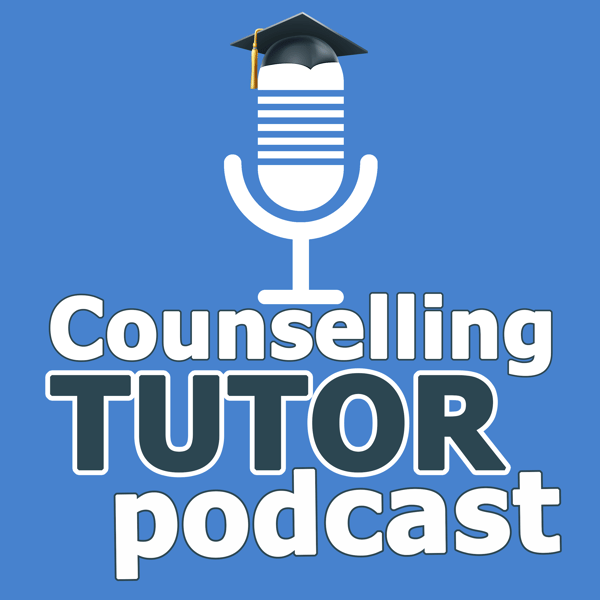187 – Walk-and-Talk Therapy
Counselling Tutor
Ken Kelly and Rory Lees-Oakes
4.6 • 636 Ratings
🗓️ 24 April 2021
⏱️ 39 minutes
🧾️ Download transcript
Summary
Transcript
Click on a timestamp to play from that location
| 0:00.0 | Welcome to the counselling tutor podcast. The must listen to podcast for students of counselling and psychotherapy. |
| 0:10.6 | Here are your hosts, Rory Lee's Oaks and Ken Kelly. Hi, I'm Rory and with me as always is Ken. How are you doing, Ken? |
| 0:19.6 | I'm exceptionally well. Thank you for asking |
| 0:21.4 | Rory and how are you joining us today on the counselling tutor podcast. We both hope that you are well. |
| 0:27.0 | This is episode 187 and we've got three topics we're going to be looking at today with our student |
| 0:33.7 | check-in where we kind of recognise something that students may come across in their |
| 0:38.8 | counseling training. We're going to be speaking about CBT, that's cognitive behavioral therapy, |
| 0:43.6 | and more specifically, the use of homework in CBT. We then check in with our digital counseling |
| 0:51.4 | revolution where we recognize that technology now forms a large |
| 0:55.7 | part of how students train in counselling training, how therapy is delivered and how therapy |
| 1:02.5 | is consumed by our clients. Technology is playing more and more of a part. And today we're going to |
| 1:08.4 | be speaking about asynchronous communication, so that's text and email. And we we're going to be speaking about asynchronous communication, so that's text |
| 1:12.0 | and email. And we're specifically going to be speaking about the timings of such communications. |
| 1:17.7 | And then to end episode 187, we go into our practice matter section. That's where we dip our |
| 1:23.5 | toe into something we may come across in practice. And today we have Simon Heath who's going to be |
| 1:29.3 | speaking about ecotherapy. And he recently did a lecture for us in our councillor CPD library. And he's |
| 1:38.9 | going to be sharing a little bit about echotherapy and about topics from the lecture that he delivered for us. |
| 1:44.5 | But starting off with that student check-in, CBT and the use of homework. |
| 1:49.2 | When I hear the word homework, Rory, ice goes cold. |
| 1:52.1 | I remember school, hated homework. |
| 1:54.7 | But it's a good thing, isn't it, when you relate it to CBT? |
| 1:57.8 | It is a good thing when you relate it to CBT. |
... |
Please login to see the full transcript.
Disclaimer: The podcast and artwork embedded on this page are from Ken Kelly and Rory Lees-Oakes, and are the property of its owner and not affiliated with or endorsed by Tapesearch.
Generated transcripts are the property of Ken Kelly and Rory Lees-Oakes and are distributed freely under the Fair Use doctrine. Transcripts generated by Tapesearch are not guaranteed to be accurate.
Copyright © Tapesearch 2025.

